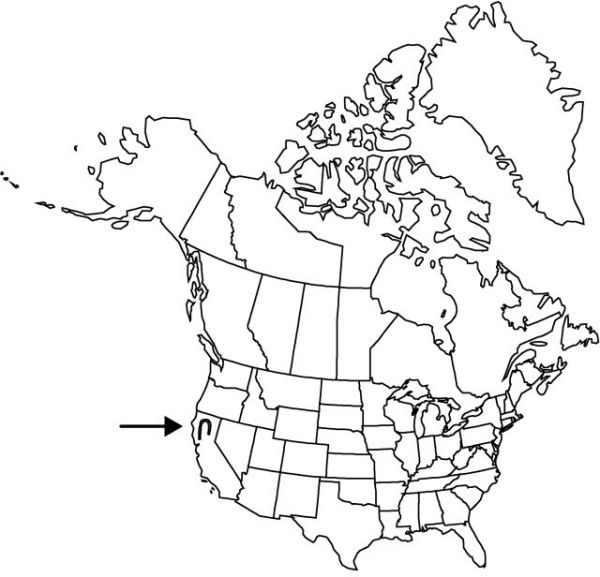Difference between revisions of "Fritillaria pluriflora"
Pl. Hartw., 338. 1857.
Common names: Adobe-lily
EndemicConservation concern
FNA>Volume Importer |
imported>Volume Importer |
||
| (3 intermediate revisions by 2 users not shown) | |||
| Line 8: | Line 8: | ||
}} | }} | ||
|common_names=Adobe-lily | |common_names=Adobe-lily | ||
| + | |special_status={{Treatment/ID/Special_status | ||
| + | |code=E | ||
| + | |label=Endemic | ||
| + | }}{{Treatment/ID/Special_status | ||
| + | |code=C | ||
| + | |label=Conservation concern | ||
| + | }} | ||
|basionyms= | |basionyms= | ||
|synonyms= | |synonyms= | ||
| Line 37: | Line 44: | ||
-->{{#Taxon: | -->{{#Taxon: | ||
name=Fritillaria pluriflora | name=Fritillaria pluriflora | ||
| − | |||
|authority=Torrey ex Bentham | |authority=Torrey ex Bentham | ||
|rank=species | |rank=species | ||
| Line 51: | Line 57: | ||
|publication title=Pl. Hartw., | |publication title=Pl. Hartw., | ||
|publication year=1857 | |publication year=1857 | ||
| − | |special status= | + | |special status=Endemic;Conservation concern |
| − | |source xml=https:// | + | |source xml=https://bitbucket.org/aafc-mbb/fna-data-curation/src/2e0870ddd59836b60bcf96646a41e87ea5a5943a/coarse_grained_fna_xml/V26/V26_295.xml |
|genus=Fritillaria | |genus=Fritillaria | ||
|species=Fritillaria pluriflora | |species=Fritillaria pluriflora | ||
Latest revision as of 21:14, 5 November 2020
Bulb scales: large 1–12; small 0–2. Stem 1.5–4.5 dm. Leaves 3–10, alternate, clustered near ground, 6–15 cm; blade elliptic to obovate-oblong. Flowers nodding, not noticeably fragrant; tepals pinkish purple, obovate, 2–3.5 cm, apex rounded to acute, not recurved; nectaries lavender, narrowly linear, 2/3 tepal length; style unbranched. Capsules obtusely angled. 2n = 24.
Phenology: Flowering Mar–Apr.
Habitat: Adobe soil of interior foothills
Elevation: 0–500 m
Discussion
Of conservation concern.
Fritillaria pluriflora is considered rare and endangered in California and is in cultivation.
Selected References
Lower Taxa
None.
